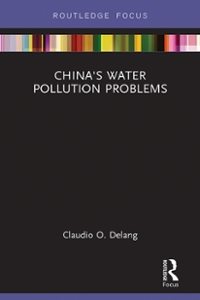Question
Imagine that you run a central bank in a floating exchange rate regime. Your current goal is to stabilize real GDP by keeping it constant,
Imagine that you run a central bank in a floating exchange rate regime. Your current goal is to stabilize real GDP by keeping it constant, and you control the money supply to do so. Using the open economy IS/LM model, what happens to the money supply, the interest rate, the exchange rate, and the trade balance (net exports) in response to each of the following shocks (illustrate the changes in the 3-pane diagram and then summarize your findings):
(a) The president of your country raises taxes to reduce the budget deficit.
(b) The president of your country restricts the import of foreign cars..
Please illustrate the effects on a 3 panel diagram of the open economy IS/LM model, either handwritten or digitally drawn. I have attached the template diagram below along with example diagrams using it. Thank you sooo much




Step by Step Solution
There are 3 Steps involved in it
Step: 1

Get Instant Access to Expert-Tailored Solutions
See step-by-step solutions with expert insights and AI powered tools for academic success
Step: 2

Step: 3

Ace Your Homework with AI
Get the answers you need in no time with our AI-driven, step-by-step assistance
Get Started


